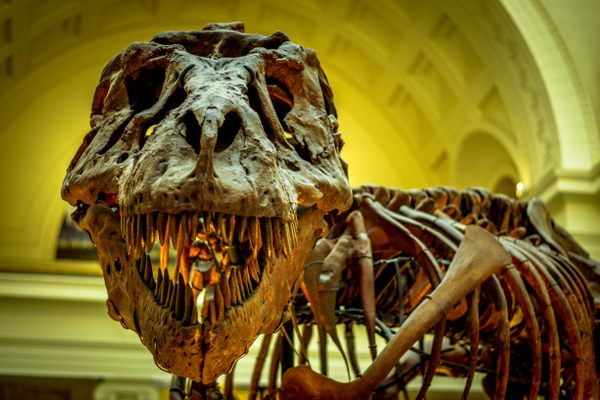Found: 99-Million-Year-Old Ticks Trapped in Amber
One of them was entangled with a dinosaur feather.

Many of our readers are probably familiar with the premise of Jurassic Park, a series of novels by Michael Crichton that were taken to the big screen by Steven Spielberg in the 1990s. DNA extracted from a mosquito trapped in amber is used to bring dinosaurs back to life, and then chaos ensues.
New results from a detailed study of 99-million-year-old fossilized tree resin bear some resemblance to that fictional tale. The results are published in the journal Nature Communications.
Enrique Peñalver from the Spanish Geological Survey (IGME) and seven other colleagues examined a sample of parasites similar to modern ticks which were buried in chunks of amber from Myanmar dating back to the Mesozoic era. One of the parasites is entangled with plumage that belonged to a feathered dinosaur.

‘Ticks parasitized feathered dinosaurs; now we have direct evidence of it,” co-researcher Ricardo Pérez-de la Fuente of the Oxford University Museum of Natural History told BBC News.
Other notable discoveries from this research include a giant tick, eight times it original size, that researchers believe had been engorged with blood when it died, as well as two ticks that probably got trapped in resin while buzzing around a dinosaur nest. The latter pair are members of a newly described, but extinct, species of tick named Deinocroton draculi, or “Dracula’s terrible tick.”
For now, it seems that we are still far from turning Crichton’s imagined world into reality. As Peñalver explains in en e-mail, it would not be so easy to turn dino DNA into a living and breathing creature because, even with ancient DNA, there’s no ovum to use to develop an embryo.
















Follow us on Twitter to get the latest on the world's hidden wonders.
Like us on Facebook to get the latest on the world's hidden wonders.
Follow us on Twitter Like us on Facebook